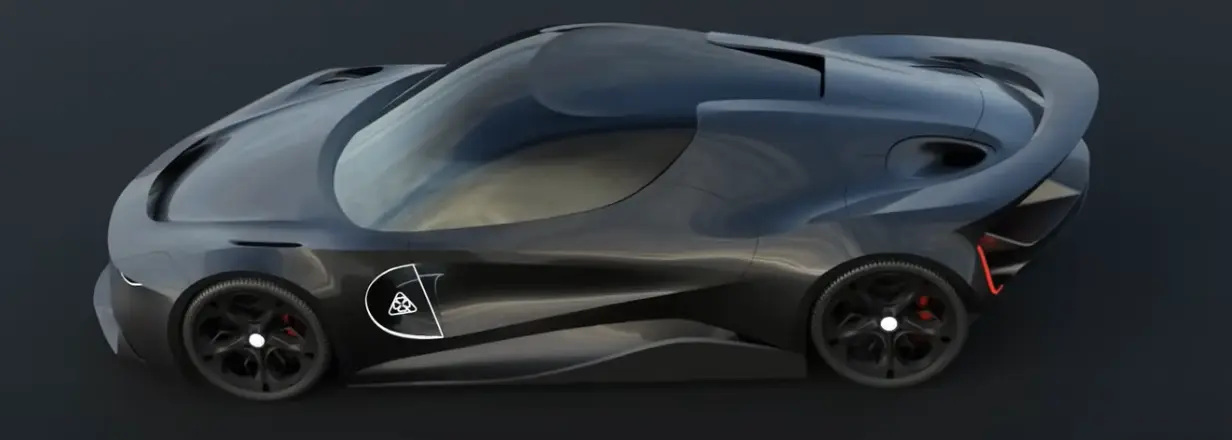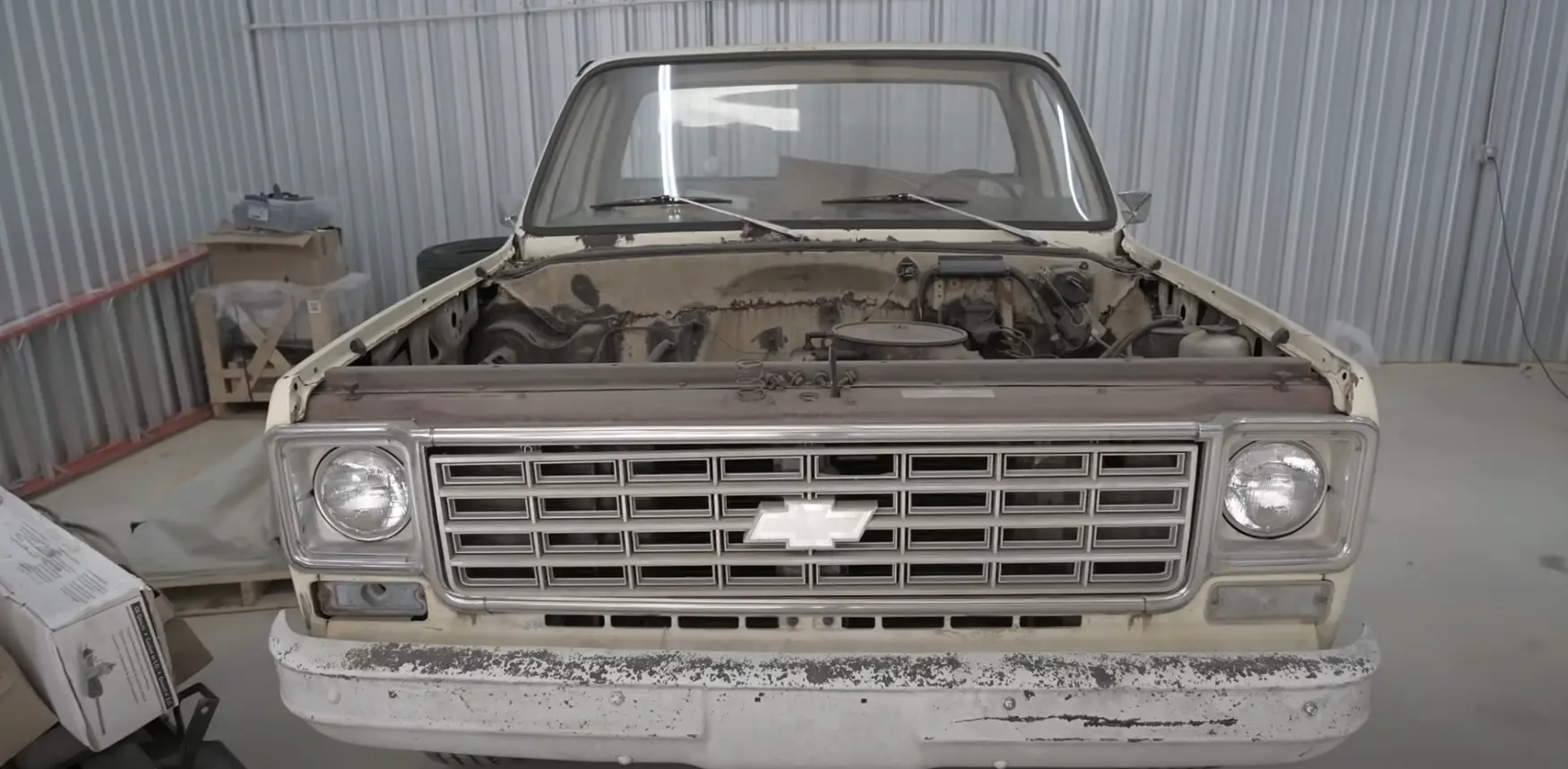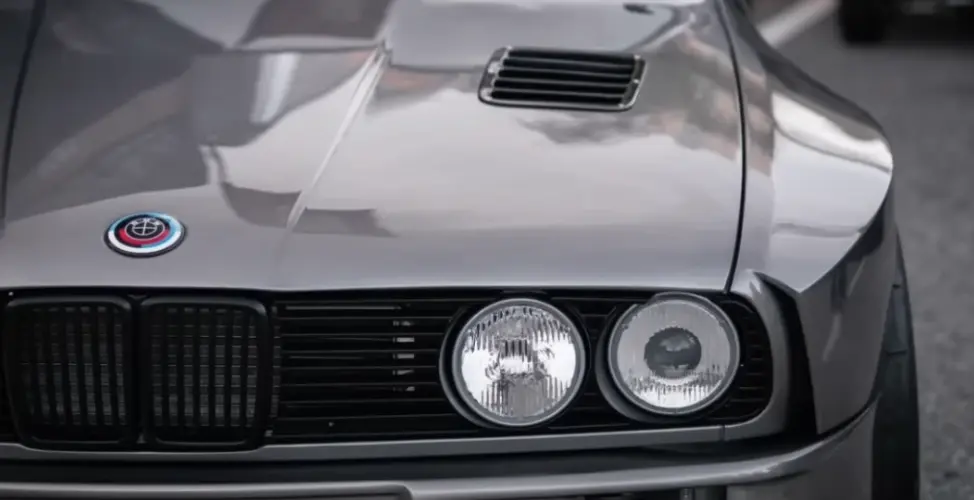Contributed By Berk Kaplan
View author website
Berk Kaplan began his career with an internship at Ford. From there, he was able to work as a part time designer for construction vehicle company and won several design awards during that period. One of those awards provided Berk with a scholarship and that was his ticket to the car design masters, during which he collaborated with Lamborghini and Audi. He has also worked as exterior designer at Italdesign/Volkswagen Group. After 3 years in Italy I decided to change and went to Austria, Design Storz. Eventually he decided to focus on freelance client works and social media presence. So, now he works on several passion projects including an autonomous robot, electric boats, e-scooters, and so on.
More from Berk KaplanIn the realm of design, the fusion of traditional skills and cutting-edge technology opens up a realm of possibilities that were previously unimaginable. Berk Kaplan takes us through a transformative journey, showcasing how a simple sketch can evolve into a polished concept design in just 20 minutes, thanks to the power of Artificial Intellegence (AI). A special shout-out to Viscom, an AI platform that significantly enhances the design process, for sponsoring Berk’s tutorials.
Step 1: Preparing Your Sketch
The journey begins with a raw sketch. However, not all sketches are created equal, especially when it comes to preparing them for AI enhancement. A sketch that’s too chaotic or exaggerated might not yield the best results. To remedy this, Berk refines his initial drawings in Photoshop, ensuring the wheels are more realistic and the overall sketch is cleaner. This preparation step is crucial for giving the AI the right amount of data to work with.
Step 2: Importing Your Sketch into Viscom
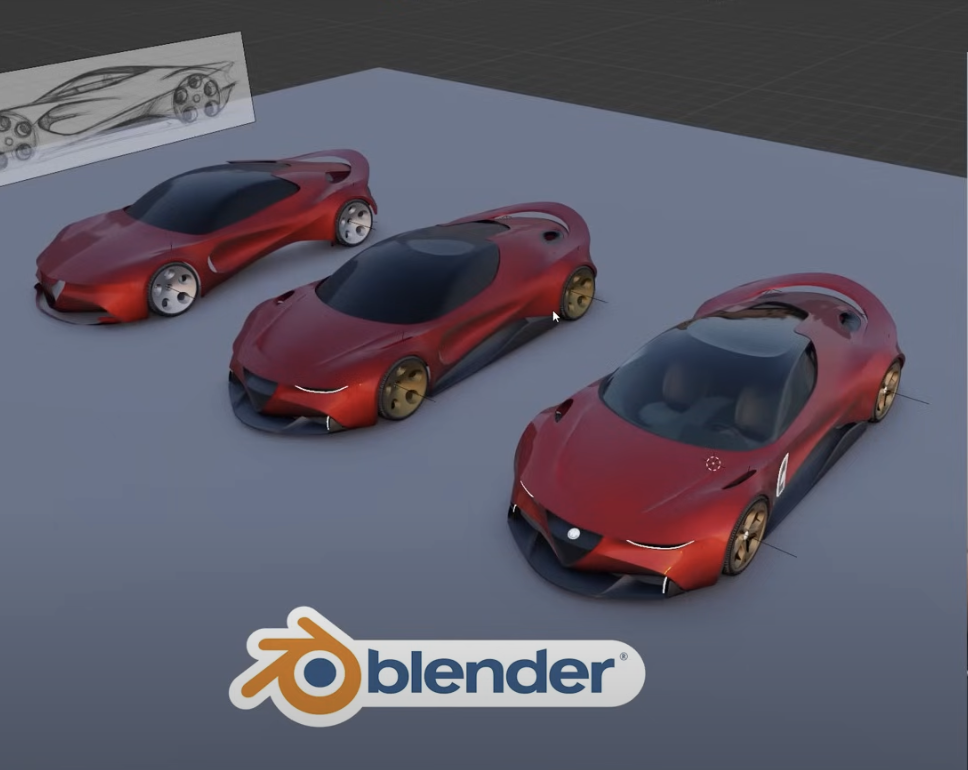
With a refined sketch in hand, import it into a new Viscom file. The platform’s interface is intuitive, allowing for seamless integration of sketches. At this stage, the goal was to see how Viscom could enhance a design with minimal input. Set the drawing influence to 85% and request image variations, keeping the prompt simple: “Supercar concept design.”
Step 3: Adjusting Parameters for Optimal Results
Initially, the results might be underwhelming, highlighting the importance of a clear and detailed input sketch. After tweaking the parameters and providing a more detailed prompt, including specifying the rear perspective, the AI will beginbegan to produce more relevant outcomes. This iterative process of adjusting the drawing influence and prompt details is key to steering the AI in the right direction.
Step 4: Refining Your Design
The ‘Refine’ feature in Viscom is a game-changer. By selecting one of the generated designs and adjusting the drawing influence, you are able to add more detail and realism to the sketch. This step is about enhancing the sketch without losing its original essence. It’s here that the design truly starts to take shape, marrying your initial vision with AI’s capabilities.
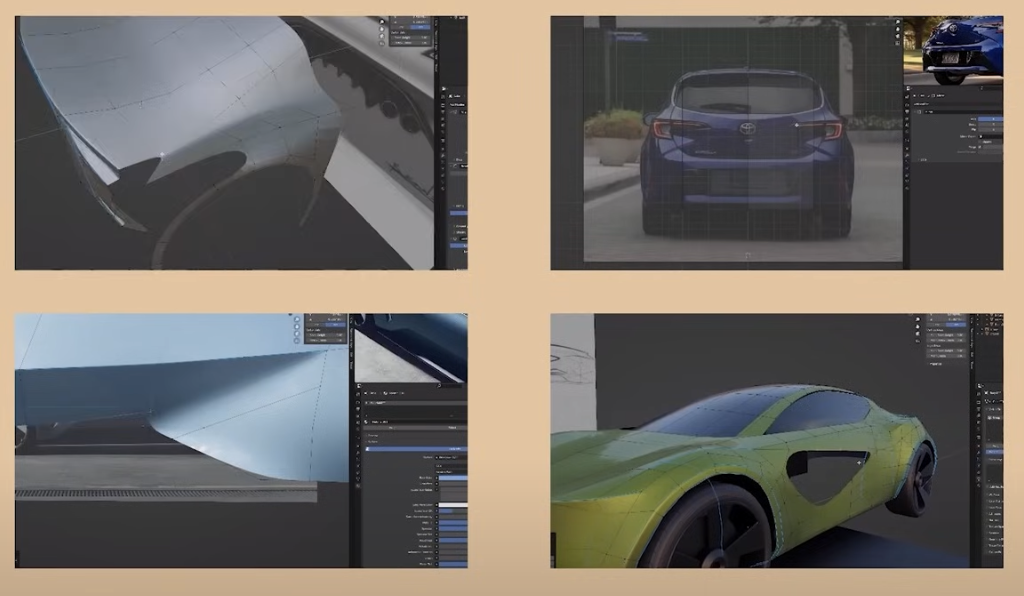
Step 5: Experimenting with Backgrounds and Colors
One of the newer features in Viscom is the ability to change the background of your sketch. By using the ‘Inpainting’ tool, you are able to select a car, invert the selection, and then generate a modern urban background that complements the design. Similarly, experimenting with the car’s color can bring the design to life, showcasing the versatility of AI in adapting to creative changes.
Step 6: Utilizing Reference Images for Enhanced Realism
A groundbreaking feature you can explore is the use of reference images. By selecting a Toyota sport crossover concept as a reference, for example, you can aim to imbue your design with similar stylistic elements. This approach requires adjusting the reference influence to strike the perfect balance between maintaining your sketch’s integrity and adopting new design elements from the reference image.
Step 7: Final Touches in Photoshop

After achieving a satisfactory result with Viscom, transition to Photoshop for the final touches. This involves refining lines, color blocking, adding shadows and lights, and making specific adjustments to align with your vision or design. This phase is where your traditional design skills shine, allowing you to fine-tune the AI-generated base into a polished masterpiece.
Embracing the AI-Assisted Design Process
The integration of AI into the design process represents a paradigm shift in how we approach creativity. Viscom, with its powerful tools and intuitive interface, exemplifies how AI can serve as a co-creator, enhancing our ideas and bringing them to fruition with efficiency and a touch of magic. Whether you’re sketching on paper or digitally, the key is to experiment with different settings, embrace the iterative process, and see where this exciting blend of art and technology can take your designs. Remember, the journey from sketch to masterpiece is not just about the destination but the creative exploration along the way.
